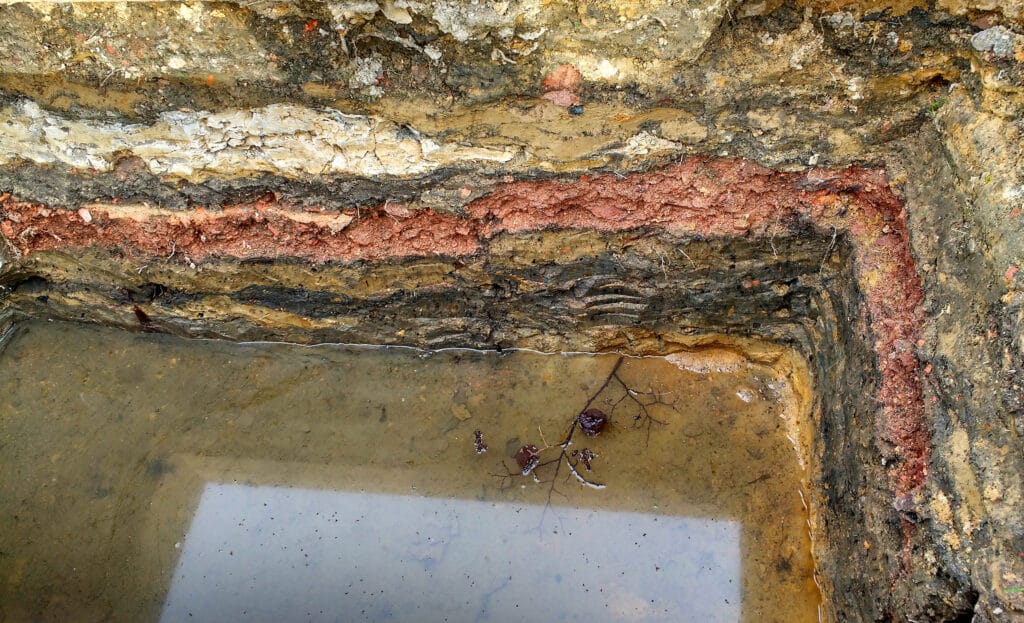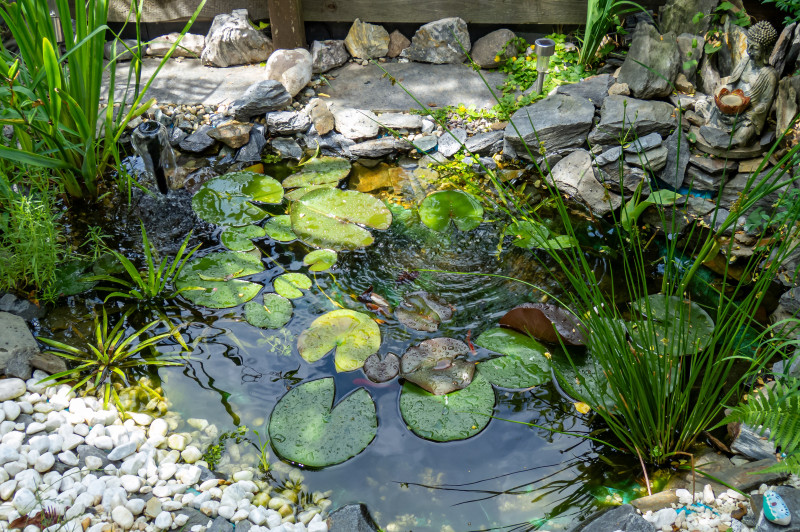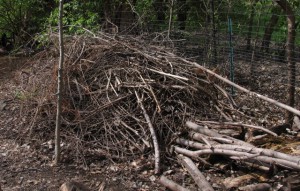Most people never think much about “soil,” although we walk on it, dig in it, and let children play in it.
Soil is so much more than a medium for planting flowers and trees
Soil is vital for sustaining life on Earth because it supports plant growth, which forms the base of the food chain and provides oxygen through photosynthesis. It acts as a natural filter, too, purifying water and recycling nutrients essential for plant and microbial life. Soil also plays a crucial role in regulating the Earth’s climate by storing carbon and controlling greenhouse gas emissions.
Moreover, it supports biodiversity by providing a habitat for a vast array of organisms. In agriculture, soil is fundamental for crop production, influencing food security and human health.
Soil plays other roles, too
Soil is a critical foundation for buildings and infrastructure, affecting stability and safety. Certain soil types, such as clay, are used in construction materials like bricks and tiles. It preserves artifacts and fossils, providing valuable information about past civilizations and natural history. Many cultures have traditions and practices that revolve around soil, such as agriculture, pottery, and land-based rituals. Good soil quality is essential for maintaining gardens and landscapes, contributing to aesthetic and recreational enjoyment. Soil supports natural habitats that are important for wildlife and human recreation. Overall, its multifaceted functions make it indispensable for environmental sustainability and human well-being.
Soil horizons (layers)
If you look at a deep cutout of soil, you’ll see many different layers. They’re called “soil horizons” by scientists. There are six main ones, and from top to bottom, they differ in many ways, including color, texture, structure, and thickness. They have other properties, too, such as chemical and mineral content, but those can only be determined through analysis. Soil horizons don’t always form distinct lines of division.
The topmost layer is the O horizon, rich in organic material such as decomposed leaves and plants. Beneath this is the A horizon, commonly known as topsoil, which contains a mix of organic matter and minerals and is crucial for plant growth. As you go deeper, you encounter the E horizon, a layer of leaching where minerals and organic matter are washed out, often leaving it lighter in color. This layer isn’t always present.
Below this is the B horizon, or subsoil, which accumulates leached materials like clay, iron, and organic compounds from above, giving it a denser structure. The C horizon lies further down and consists of weathered parent material with minimal organic matter. It’s the horizon between soil and unweathered rock. Finally, the R horizon is the bedrock, a solid mass of rock that underlies all the other layers and can influence the soil’s characteristics through weathering processes. It forms Earth’s crust.

Distinct layers of soil in a freshly dug hole with standing water (Marek Ślusarczyk / Wiki; CC-BY 3.0)
Soil types and their distinctions
It may surprise you that soil is more than loam, clay, and sand. There are many different forms of it.
- Humus: Often considered to be soil, it’s the dark, organic material that forms in soil when plant and animal matter decays. It’s rich in nutrients and is a vital part of fertile soil, but it isn’t “soil” per se.
- Loam: A type of soil that’s a balanced mixture of sand, silt, and clay.
- Topsoil: Topsoil refers to the uppermost layer of soil on the Earth’s surface, typically ranging from 2 to 8 inches (5–20 cm) deep. It’s a mixture of mineral particles (sand, silt, and clay), organic matter (humus), water, air, and living organisms (microorganisms, insects, plant roots).
- Sand: Coarse and gritty; a combination of sand, silt, and a small amount of clay. Sand grains are smaller than gravel and coarser than silt.
- Clay: Composed of very fine particles, smaller than 0.002 millimeters in diameter. Smooth and sticky when wet; hard and compact when dry. It has poor aeration due to the small pore spaces between particles. Varies from red, yellow, and brown to gray, depending on the specific minerals present.
- Silt: Silt particles are smaller than sand but larger than clay, typically ranging from 0.002 to 0.05 millimeters in diameter. Smooth to the touch when dry and slippery or silky when wet.
- Peat or peat soil: An accumulation of partially decayed organic matter, primarily plant material, that forms in waterlogged, anaerobic conditions such as bogs and fens. Can be a component of soil, contributing to its organic matter content and influencing its properties, such as water retention and acidity. Dark brown to black color, rich and spongy, with high water retention capacity. Often used to amend compacted soil.
- Chalky: Contains a significant amount of lime or chalk (calcium carbonate). Can vary from light, sandy, or stony to heavier clay types. Often light brown or pale in color.
- Saline: Also known as salt-affected soil, it’s characterized by high concentrations of soluble salts, which can adversely affect plant growth and soil structure.
- Garden soil: Topsoil that has extra matter added, such as compost, peat, bark shredding, or fertilizer.
- Subsoil: The layer of soil situated between the topsoil and bedrock or parent material. Contains a higher proportion of mineral particles, similar to topsoil, but often with less organic matter. Often lighter in color compared to topsoil due to lower organic matter content. (Parent material is the starting point of soil formation, derived from underlying bedrock, sediments, or organic deposits.)
- Bedrock: Hard, solid rock that forms the Earth’s crust. Its depth varies.
How to improve clay soil Best native plants for clay soil Earthworm questions you didn’t know you had





